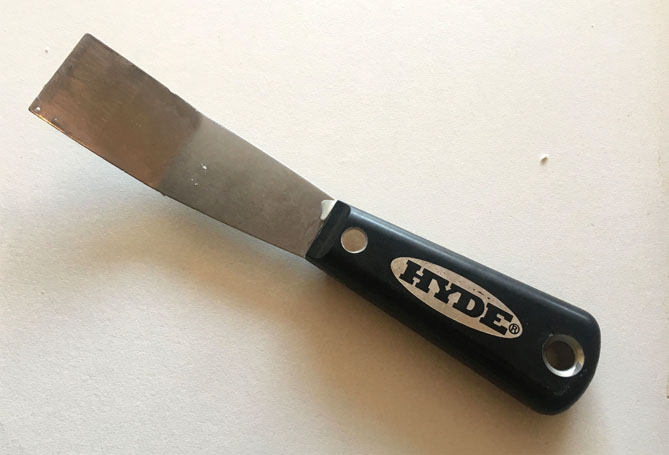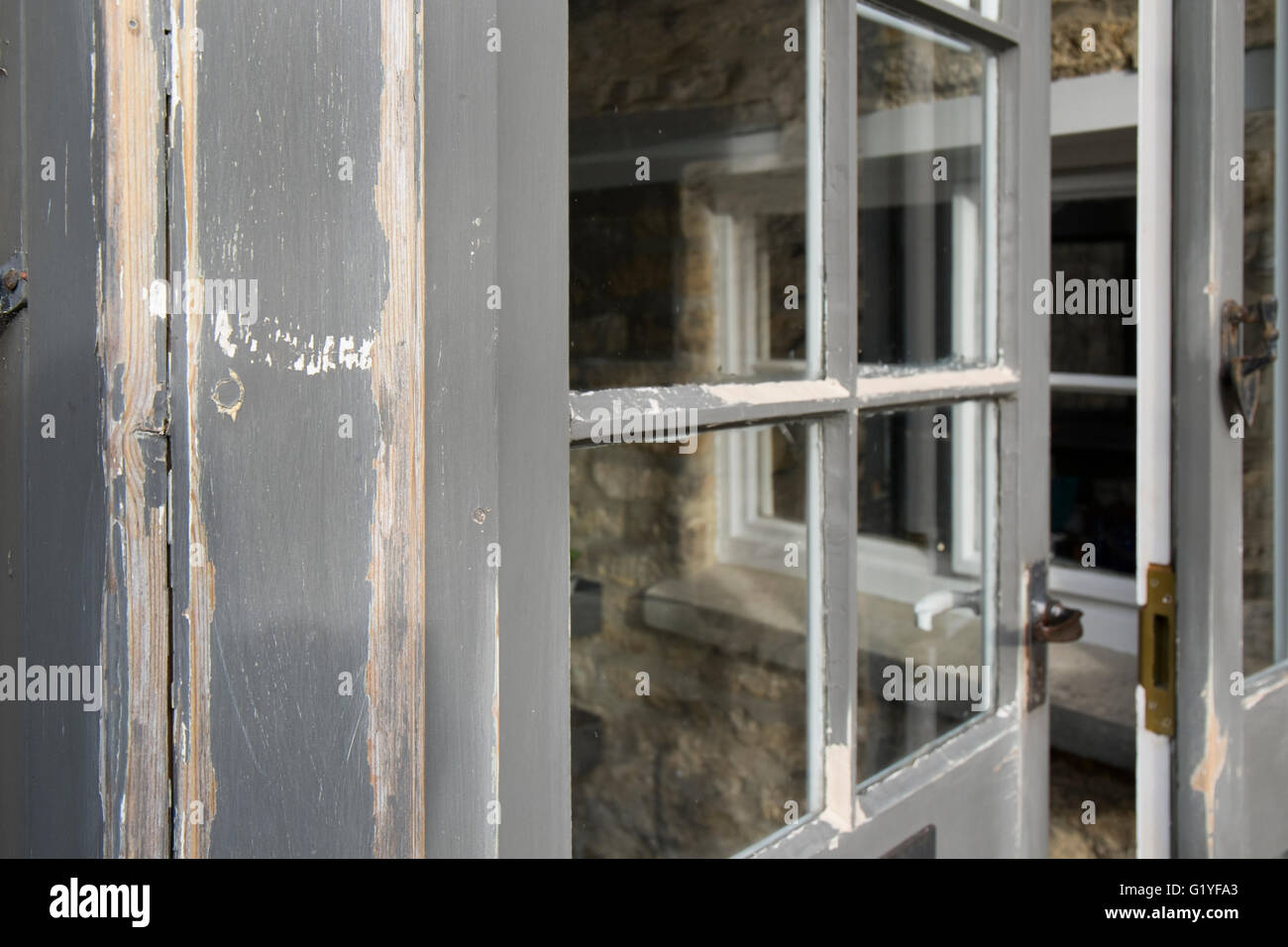

- Window putty how to#
- Window putty install#
- Window putty generator#
- Window putty windows#
Copy that entire text to your clipboard by pressing ctrl+c as you will require the key to paste on your clipboard in the public key tool of control panel or directly on the cloud server.
You will see the text starting with ssh-RSA in the Public key for pasting into OpenSSH authorized_keys file field which is located at the top of the window. Click on the “Save Public Key” and “Save Private Key” buttons to save your public and private keys. Now you will need to add a unique key passphrase in the Key passphrase and Confirm passphrase field. Clicking on it will lead to generating the keys for you. You will find a “Generate” button in that dialog. Window putty generator#
You will see the PuTTY key generator dialog box on your screen. Window putty windows#
For the same, go to Windows -> Start Menu -> All Programs -> PuTTY -> PuTTYgen.
Window putty install#
Once you install the PuTTY on your machine, you can easily run PuTTYgen. Window putty how to#
Below is the complete guidance about how to generate RSA key in Windows operating system:

PuTTYgen is used to generate public or private key pair for creating SSH keys.
2.3.2 Various Command Line Options of PuTTY in Linux.  2.3.1 Generate Key Pair for Authentication in Linux. Like I said before, homemade glazing putty isn’t quite as easy to use or as long lasting as the commercial stuff, but for the ease of making a small batch, you can’t beat this recipe. Once you learn how to mix your own putty, you’ll never be in a pinch for putty again. Knead the putty and work it until it is a consistent texture throughout. Eventually, you will have to pull it out and spread it on the table to knead by hand like a baker to get it all mixed thoroughly. Mix the two together in a bowl or other container to initially blend the ingredients. The putty should be firm enough that it won’t slump or sag when rolled into a ball. Personally, I have found that the best consistency for glazing with a putty knife is thicker than you initially think. You may want it softer or firmer depending on your needs. The consistency of your putty is completely dependent on your preferences. Mix some linseed oil with the whiting until you get to a workable consistency like Play-Doh or if you are a baker, actual dough. I find that adding about 1/3 cup of zinc to 1 quart of putty does the trick. You can also add Zinc Oxide to help control mildew growth on your putty if you live in a region that is particularly hot and humid like we are down here in Florida. Whiting is a little scarce these days, but I do sell it in my store if you can’t find it locally. Using boiled linseed oil will result in a faster curing putty, whereas raw linseed oil putty results in a longer lasting flexibility with the putty, so, there is a trade off. You can find linseed oil at most hardware and paint stores. Traditional linseed oil putty was made from only 2 items. Glazing putty doesn’t keep forever, so just make a batch large enough to handle what you plan to glaze in the next week or so and then make some more if you need it later. Or maybe you are one of those hardcore DIYers who like to make everything yourself.
2.3.1 Generate Key Pair for Authentication in Linux. Like I said before, homemade glazing putty isn’t quite as easy to use or as long lasting as the commercial stuff, but for the ease of making a small batch, you can’t beat this recipe. Once you learn how to mix your own putty, you’ll never be in a pinch for putty again. Knead the putty and work it until it is a consistent texture throughout. Eventually, you will have to pull it out and spread it on the table to knead by hand like a baker to get it all mixed thoroughly. Mix the two together in a bowl or other container to initially blend the ingredients. The putty should be firm enough that it won’t slump or sag when rolled into a ball. Personally, I have found that the best consistency for glazing with a putty knife is thicker than you initially think. You may want it softer or firmer depending on your needs. The consistency of your putty is completely dependent on your preferences. Mix some linseed oil with the whiting until you get to a workable consistency like Play-Doh or if you are a baker, actual dough. I find that adding about 1/3 cup of zinc to 1 quart of putty does the trick. You can also add Zinc Oxide to help control mildew growth on your putty if you live in a region that is particularly hot and humid like we are down here in Florida. Whiting is a little scarce these days, but I do sell it in my store if you can’t find it locally. Using boiled linseed oil will result in a faster curing putty, whereas raw linseed oil putty results in a longer lasting flexibility with the putty, so, there is a trade off. You can find linseed oil at most hardware and paint stores. Traditional linseed oil putty was made from only 2 items. Glazing putty doesn’t keep forever, so just make a batch large enough to handle what you plan to glaze in the next week or so and then make some more if you need it later. Or maybe you are one of those hardcore DIYers who like to make everything yourself. 
The commercial putties on the market like Sarco MultiGlaze that we sell are a little better than homemade recipes and always more consistent, but the homemade stuff can work great when you just need a little batch. You may have thought that you can only buy glazing putty from us here at The Craftsman Blog, but did you know you can make your own glazing putty in a pinch? That’s right! It just take a couple basic materials available at home improvement or paint stores and you can make traditional glazing putty just like the old timers did.








 0 kommentar(er)
0 kommentar(er)
